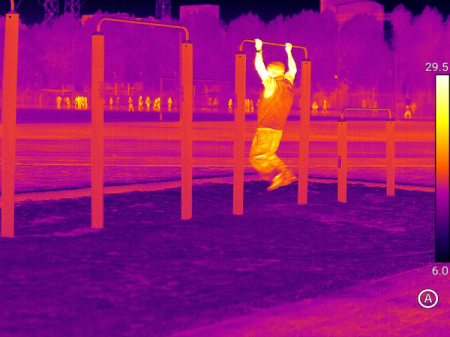Unfazed by Interference
Because infrared light operates at a longer wavelength than visible light, it can detect targets clearly in harsh environments like smoke, dust, glare, and backlight.
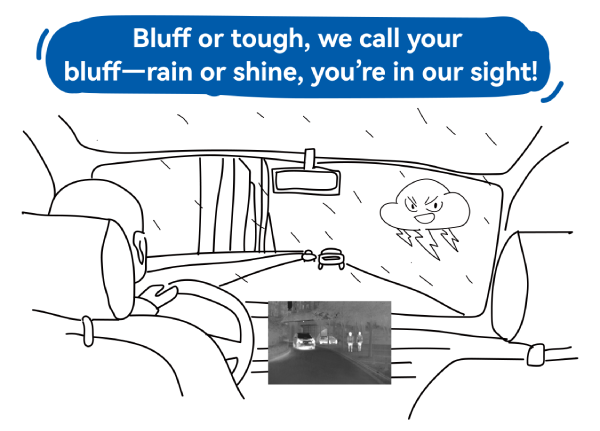
Application scenarios:
In-Vehicle Night Vision
With the increasing popularity of intelligent driving, vehicles equipped with infrared vision systems can easily overcome harsh weather conditions such as rain, snow, and fog, enhancing driving safety by extending the driver’s visibility.
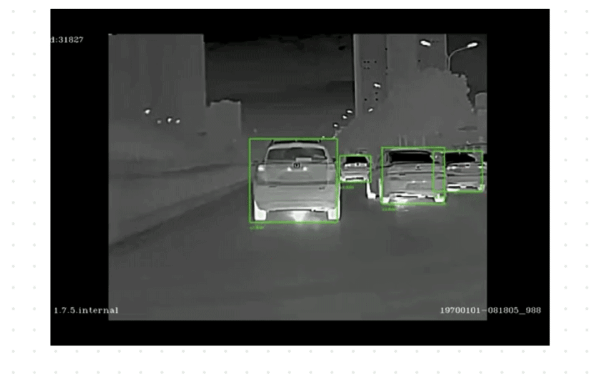
Privacy Protection
Infrared imaging creates clear pictures based on the heat distribution of the target's outline, while preserving privacy, as infrared images do not resemble true-color images of faces or other personal features. This allows for both target detection and privacy protection.
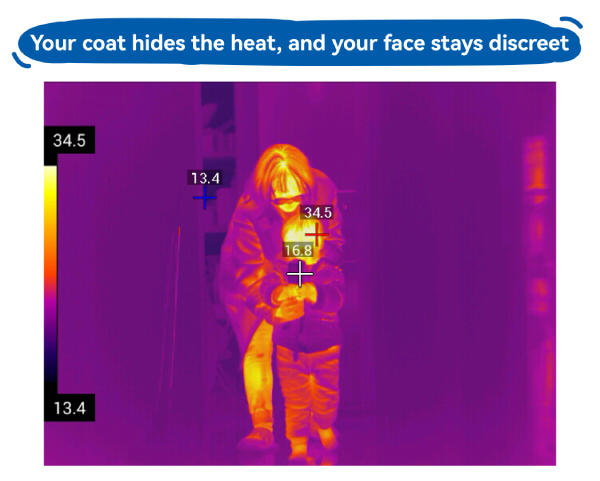
Application Scenario:
Smart Elderly Care
In nursing homes where elderly people gather, infrared monitoring equipment can keep track of the elderly's daily activities (such as falls or kicking off blankets) while also providing non-contact, real-time temperature monitoring. This ensures privacy protection while offering comprehensive care for vulnerable groups.
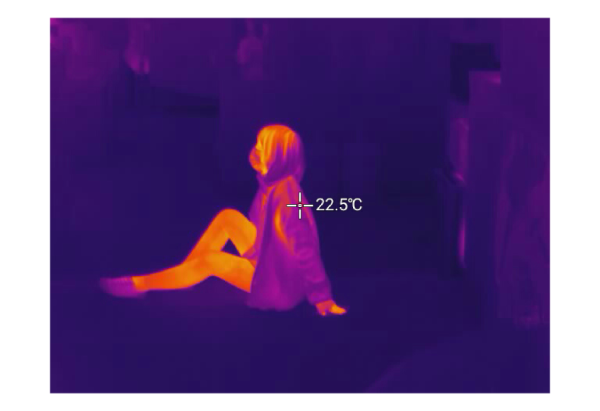
Heat Detection
As discussed in the previous comic, the principle of infrared thermal imaging technology is based on detecting differences in infrared radiation between heat sources and their background, allowing for early identification of heat anomalies and timely intervention.
Application scenarios:
Forest Fire Prevention & Smart Homes
In vast forests and pastures, drones equipped with ultra-lightweight thermal imaging sensors can scan large areas and detect hidden animals or heat anomalies from a distance. This allows for early fire detection and life-saving rescues during disasters.
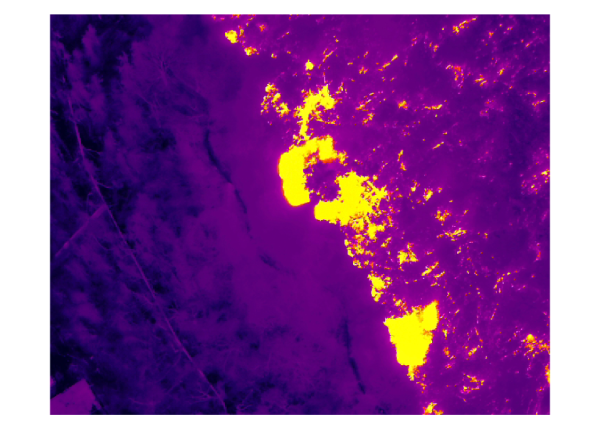
In the hot summer months, air conditioners integrated with infrared thermal imaging modules can monitor body positions and temperature, adjusting airflow and cooling to enhance comfort and enable smart home control.
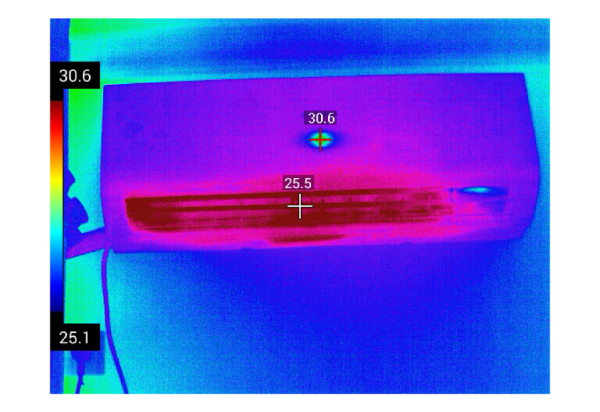
(To be continued......)


